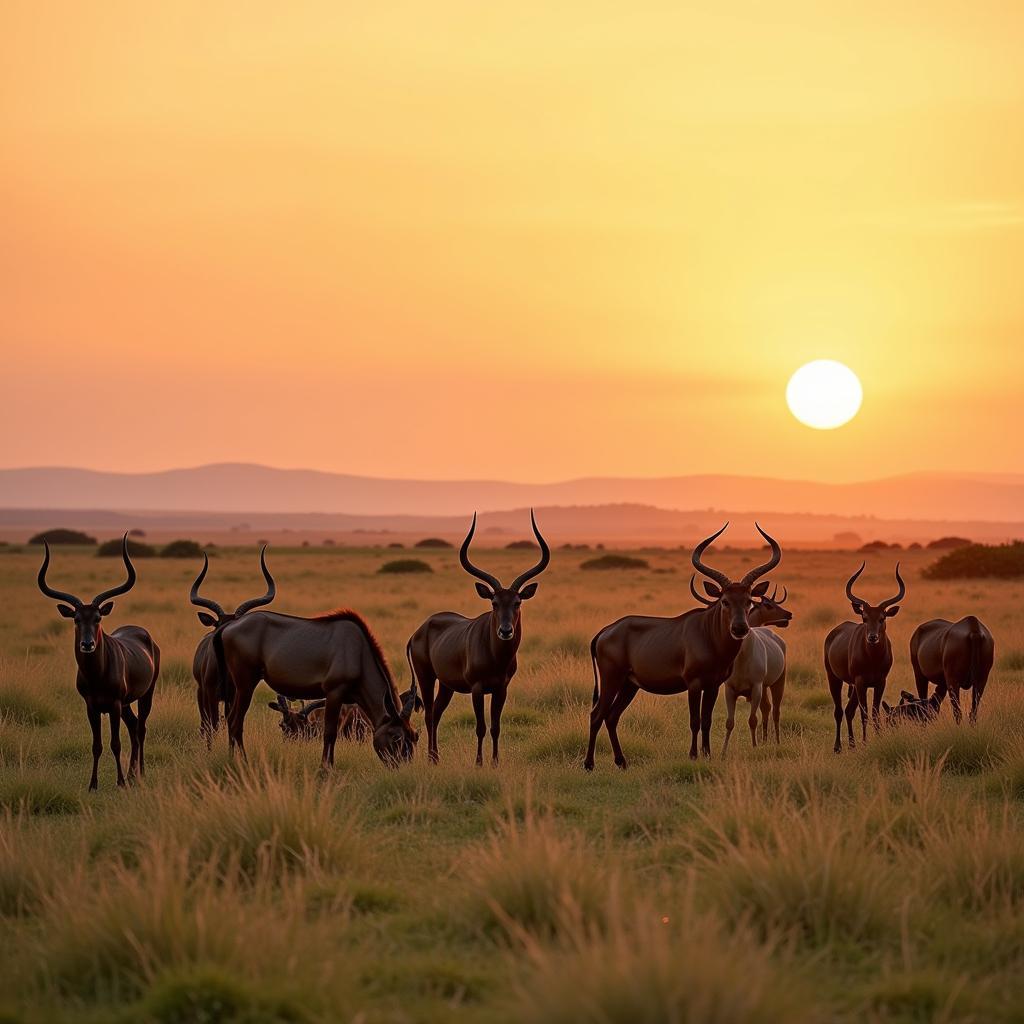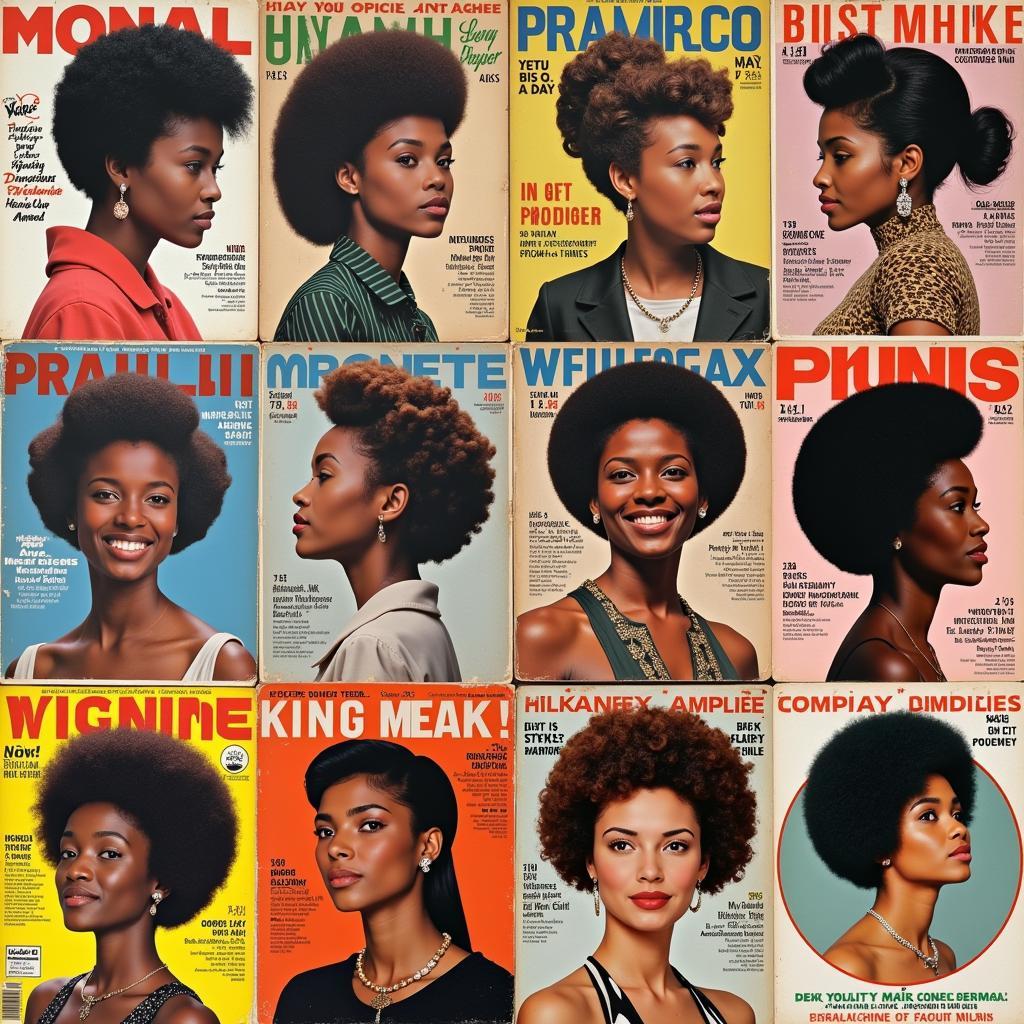African Animal Jewelry: A Journey Through Culture and Craftsmanship
African Animal Jewelry is more than just adornment; it’s a powerful expression of culture, spirituality, and connection to the natural world. From the intricate beadwork of the Maasai to the bold gold castings of West Africa, these pieces tell stories of ancient traditions, beliefs, and the rich biodiversity of the continent. After exploring the significance and artistry behind these unique adornments, you’ll see why African animal jewelry captures the imagination of people worldwide.
The Symbolism of African Animal Jewelry
Across Africa, different animals hold symbolic meaning, reflecting the diverse cultures and beliefs of the continent. The lion, often seen as a symbol of royalty and strength, is a popular motif in jewelry, particularly in West Africa. Elephants, revered for their wisdom and longevity, are often depicted in jewelry from East and Southern Africa. Birds, representing freedom and spirituality, are also common themes. Each piece of jewelry carries a unique meaning, often tied to ancestral stories, clan totems, or personal beliefs. For example, some cultures believe that wearing jewelry depicting a specific animal can imbue the wearer with its qualities. african beaded necklace meaning
Understanding the Cultural Significance
African animal jewelry is often used to mark important life events, such as coming-of-age ceremonies, weddings, and funerals. It can also signify social status, clan affiliation, or spiritual beliefs. The materials used in creating the jewelry also hold significance. For example, some cultures associate specific colors of beads with different meanings, adding another layer of symbolism to the pieces. What is the meaning behind the intricate designs? Often, these designs reflect traditional patterns and motifs specific to a particular culture, adding to the richness and depth of their meaning.
Materials and Techniques in African Animal Jewelry Making
A wide array of materials are used in crafting African animal jewelry, reflecting the resourcefulness and creativity of the artisans. These materials range from natural resources like bone, wood, and shells to precious metals like gold and silver. Traditional techniques, passed down through generations, are employed to create stunning pieces of wearable art.
From Bone and Wood to Gold and Silver
Bone and wood carvings, often depicting animals, are common in many parts of Africa. These carvings can be worn as pendants, earrings, or bracelets. In West Africa, the lost-wax casting technique is used to create intricate gold and bronze jewelry, often featuring animal motifs. african bronze sculpture history Beadwork, a prominent feature in many African cultures, is used to create elaborate necklaces, bracelets, and headdresses, often incorporating animal designs. african gold rings
“The beauty of African animal jewelry lies not only in the finished product but also in the process,” says Dr. Anika Nkosi, an anthropologist specializing in African art. “Each piece tells a story, reflecting the skills and traditions of the artisan, the cultural beliefs of the community, and the connection to the natural world.”
Choosing and Caring for Your African Animal Jewelry
Choosing African animal jewelry is a personal journey. Consider the symbolism of the animal, the materials used, and the craftsmanship. african diy crafts Supporting fair trade practices ensures that the artisans receive a fair price for their work. Caring for your jewelry will help preserve its beauty for years to come. Store it in a dry place away from direct sunlight and clean it gently with a soft cloth.
Preserving a Piece of African Heritage
“When you wear a piece of African animal jewelry,” says Adebayo Olajide, a renowned jewelry collector, “you’re not just wearing an accessory; you’re carrying a piece of African heritage, a story waiting to be told.” Whether it’s a simple beaded bracelet or an elaborate gold pendant, each piece connects us to the rich cultural tapestry of the African continent.
In conclusion, African animal jewelry is a testament to the continent’s rich artistic traditions, deep spiritual beliefs, and profound connection to the natural world. By understanding the symbolism, appreciating the craftsmanship, and choosing ethically sourced pieces, we can not only adorn ourselves with beauty but also support the preservation of African cultural heritage.
FAQ
-
What are the most common animals represented in African animal jewelry?
Lions, elephants, birds, and snakes are among the most popular animal motifs. -
What materials are used in making African animal jewelry?
Materials range from bone, wood, and shells to gold, silver, and beads. -
What is the cultural significance of African animal jewelry?
It often symbolizes social status, clan affiliation, spiritual beliefs, and marks important life events. -
How can I care for my African animal jewelry?
Store it in a dry place away from direct sunlight and clean it with a soft cloth. -
Where can I buy authentic African animal jewelry?
Look for reputable dealers who support fair trade practices and work directly with African artisans. -
What should I consider when choosing African animal jewelry?
Consider the symbolism, materials, craftsmanship, and ethical sourcing. -
What is the significance of the designs and patterns in African animal jewelry?
They often reflect traditional patterns and motifs specific to a particular culture, adding to the piece’s meaning.
For further assistance, please contact us at Phone Number: +255768904061, Email: kaka.mag@gmail.com, or visit us at Mbarali DC Mawindi, Kangaga, Tanzania. Our customer service team is available 24/7.
Do you have any other questions about African culture, art, or travel? Explore our other blog posts on african beauty quotes for a deeper dive into the continent’s rich heritage.


